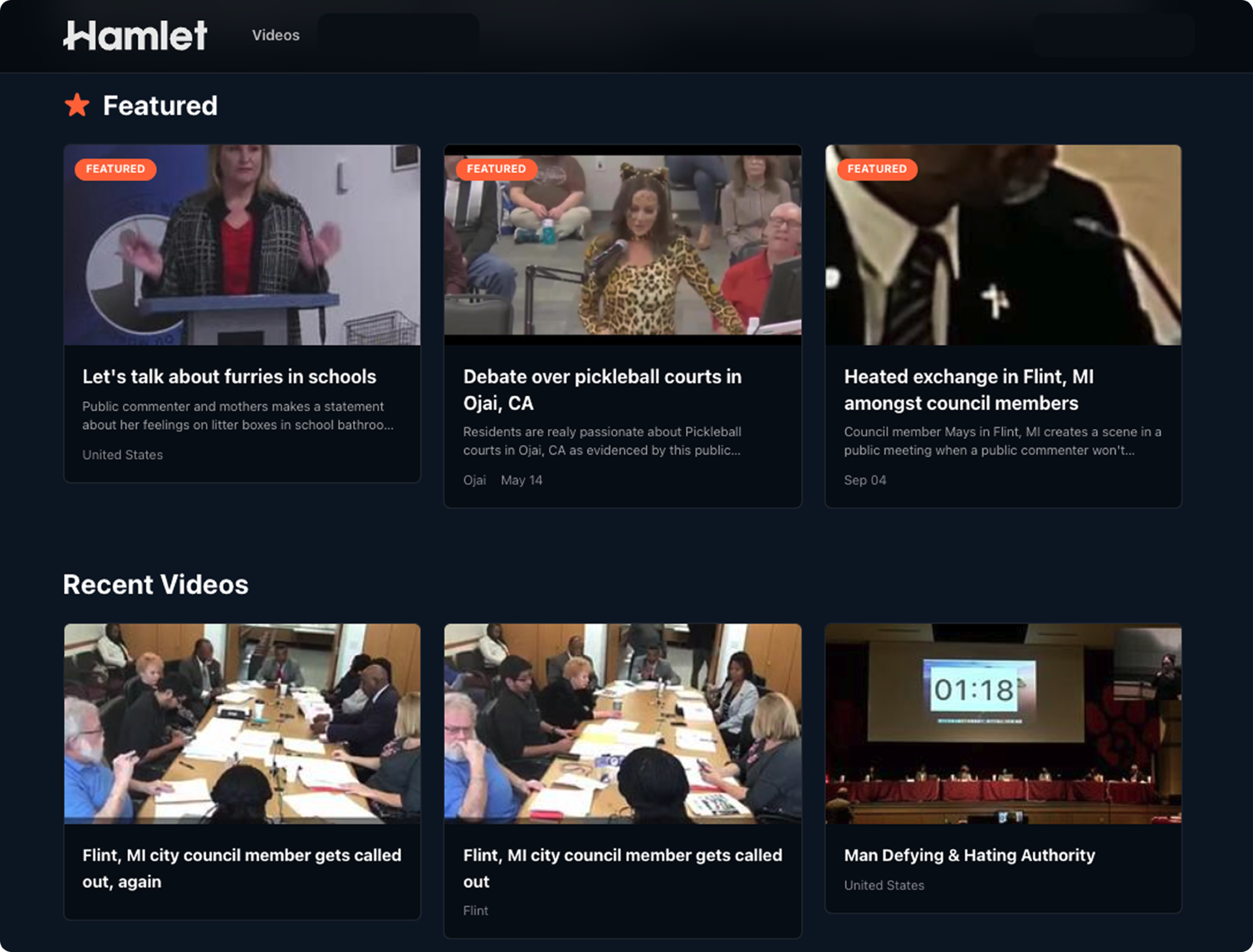
Kim Kardashian, a prominent figure in entertainment and a dedicated law student, recently offered a candid perspective on her experiences with advanced artificial intelligence, specifically ChatGPT, describing the tool as a perplexing "frenemy." Her remarks shed light on the burgeoning, yet often misunderstood, relationship between humans and sophisticated AI systems, particularly within high-stakes fields like legal education. Kardashian’s journey through California’s "reading the law" program, a non-traditional path to legal practice, has increasingly intersected with modern technological aids, revealing both their promise and their profound limitations.
Kim Kardashian’s Legal Ambitions and the Search for Efficiency
Kardashian’s foray into law began in 2019, motivated by a deep commitment to criminal justice reform. Following in the footsteps of her late father, Robert Kardashian Sr., a renowned attorney, she embarked on a four-year apprenticeship with a law firm in California. This unique pathway allows individuals to study law under the supervision of practicing lawyers or judges, culminating in the "baby bar" examination, a prerequisite for continuing legal studies. Her public advocacy for inmates and her efforts to influence policy have underscored a serious dedication beyond her celebrity persona.
In her rigorous academic pursuits, like many students and professionals navigating complex information landscapes, Kardashian sought efficiency. The allure of artificial intelligence, with its touted ability to rapidly process and synthesize vast amounts of data, would naturally appeal to someone juggling demanding studies with a global brand and personal responsibilities. It was in this context that tools like ChatGPT entered her workflow, promising quick answers and potentially simplifying her legal research. Her expectation, likely shared by many new users, was that such a sophisticated system could serve as an infallible knowledge base, a digital oracle for legal queries.
The Ascent of Generative AI and Its Allure
The emergence of generative AI, particularly large language models (LLMs) like OpenAI’s ChatGPT, has been one of the most significant technological developments of the 21st century. ChatGPT, first released to the public in November 2022, rapidly captured global attention due to its unprecedented ability to generate human-like text across a myriad of prompts, from crafting poetry to explaining complex scientific concepts. Its launch marked a pivotal moment, making sophisticated AI accessible to the masses and sparking widespread fascination, excitement, and a degree of apprehension.
Before ChatGPT, AI had largely been perceived as a tool for specialists, confined to data centers or embedded in invisible algorithms. The conversational interface of ChatGPT, however, democratized access, allowing anyone to interact with a powerful AI model directly. This accessibility fueled speculation about its transformative potential across industries—from content creation and software development to customer service and education. The promise was clear: enhanced productivity, instant access to information, and a new frontier of human-computer interaction. This widespread enthusiasm, however, often overshadowed the intricate mechanics and inherent limitations of these nascent technologies.
The Peril of AI "Hallucinations" in Critical Fields
Kardashian’s experience, characterized by frustration and academic setbacks, starkly illustrates one of the most critical challenges facing generative AI: the phenomenon of "hallucinations." This term refers to instances where LLMs generate plausible-sounding but factually incorrect or entirely fabricated information. Unlike a human who might admit ignorance, an LLM, by its very design, is programmed to predict the most statistically probable sequence of words based on its training data. It does not "know" or "understand" in the human sense, nor does it possess the capacity for critical self-correction or verification of factual accuracy against real-world knowledge.
When Kardashian fed legal questions into ChatGPT, expecting definitive answers, she encountered these "hallucinations." She recounts the AI consistently providing "wrong" information, leading her to fail tests. This issue stems from the fundamental architecture of LLMs, which are trained on colossal datasets of text and code to identify patterns and relationships. Their output is a sophisticated interpolation of this data, not a direct retrieval of verified facts. Consequently, if a model encounters an edge case, a gap in its training data, or is prompted in a way that encourages speculative responses, it can confidently generate falsehoods, indistinguishable from accurate information without external verification.
Legal Precedents and Professional Responsibility
Kardashian’s struggles are not isolated incidents; they echo a growing chorus of concerns within professional domains, particularly the legal field. Several high-profile cases have emerged where lawyers, seeking to leverage AI for efficiency, have faced severe repercussions for presenting hallucinated information in court. Most notably, attorneys have been sanctioned for submitting legal briefs that cited non-existent cases, complete with fabricated citations and summaries, all generated by ChatGPT. These instances highlight the profound ethical and professional responsibility that remains with the human user.
The legal profession, built on precedent and verifiable facts, demands absolute accuracy. The potential for AI to introduce fabricated information poses a significant threat to the integrity of judicial processes. Legal bodies worldwide are now grappling with how to integrate AI tools responsibly, often emphasizing the necessity of rigorous human review and verification of all AI-generated content. This scenario underscores a broader societal challenge: establishing clear guidelines for AI usage in critical sectors where misinformation can have severe, real-world consequences, ranging from academic failure to legal malpractice.
The Human-AI Interface: Emotion and Expectation
Kardashian’s candid admission of "yelling" at ChatGPT and attempting to appeal to its "emotions" reveals a deeply human tendency to anthropomorphize advanced technology. In her frustration, she posed questions like, "How does that make you feel that you need to really know these answers?" This emotional response underscores the evolving psychological dynamic between humans and AI. As AI becomes more sophisticated and conversational, it blurs the lines of interaction, leading users to attribute human-like consciousness or feeling to purely algorithmic systems.
The AI’s response to her emotional plea—"This is just teaching you to trust your own instincts"—is particularly striking. While ChatGPT does not possess feelings or intentions, this generated reply reflects patterns found in vast human dialogue data, suggesting a simulated understanding or even a didactic tone. Such responses, even if algorithmic, can profoundly impact human users, reinforcing the illusion of sentience or wisdom. Kardashian’s subsequent sharing of screenshots with her social circle further illustrates how these interactions are becoming a part of our shared human experience, discussed and debated as if the AI were a difficult acquaintance. This social dimension highlights AI’s cultural penetration, making its quirks and flaws topics of communal conversation and, sometimes, commiseration.
Broader Implications for Education and Society
Kardashian’s narrative extends beyond personal anecdote, offering valuable insights into the broader societal implications of generative AI. In education, her experience serves as a cautionary tale for students tempted to rely solely on AI for answers, emphasizing the enduring importance of critical thinking, source verification, and independent learning. Educational institutions are grappling with how to integrate AI tools responsibly, balancing their potential to augment learning with the need to prevent academic dishonesty and foster genuine understanding.
In the marketplace, the "frenemy" dynamic observed by Kardashian reflects a dual narrative. On one hand, there’s immense investment and innovation aimed at refining AI, improving accuracy, and developing specialized applications for various industries. On the other hand, the public’s direct experience with AI’s limitations fosters a healthy skepticism, driving demand for more reliable and transparent systems. Companies deploying AI are increasingly pressured to educate users about its capabilities and limitations, managing expectations to prevent frustration and misuse.
Culturally, the interaction between a global celebrity and a groundbreaking AI tool highlights the rapid mainstreaming of advanced technology. Public figures, whether intentionally or not, serve as conduits for societal discourse around new innovations. Kardashian’s story, amplified by her platform, brings complex technological issues like AI hallucinations and ethical usage into everyday conversation, influencing how millions perceive and interact with these tools. It underscores that as AI becomes more ubiquitous, understanding its true nature—as a powerful tool, not an omniscient entity—becomes paramount for individuals and society at large.
Navigating the AI Frontier
The experience of Kim Kardashian with ChatGPT is a microcosm of the larger societal challenge in navigating the AI frontier. It underscores that while generative AI offers revolutionary capabilities for information processing and content creation, it is not a substitute for human intellect, critical judgment, or ethical responsibility. The "frenemy" relationship encapsulates the current state of AI adoption: a blend of profound utility and frustrating imperfection.
As AI continues to evolve, the onus remains on users to approach these tools with informed skepticism, to understand their mechanistic underpinnings, and to apply human verification to their outputs, especially in fields where accuracy is non-negotiable. Developers, too, face the ongoing challenge of mitigating issues like hallucinations and enhancing the explainability and trustworthiness of their models. Ultimately, the successful integration of AI into our professional and personal lives will depend not just on technological advancement, but on a collective commitment to responsible usage, continuous learning, and a clear-eyed understanding of what these powerful, yet imperfect, digital assistants truly are.





